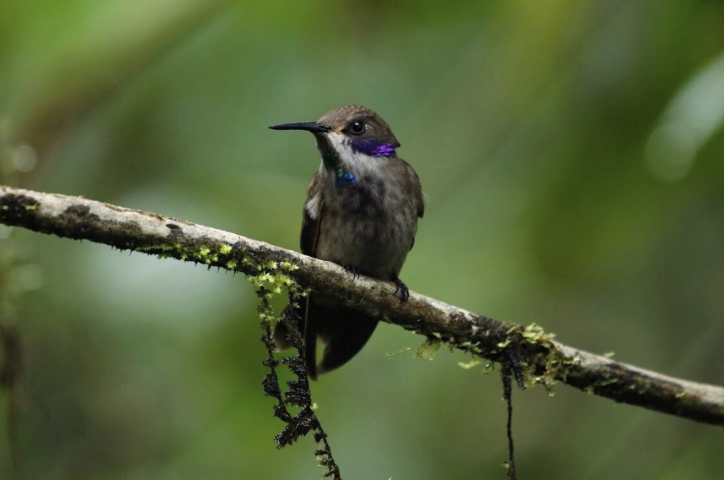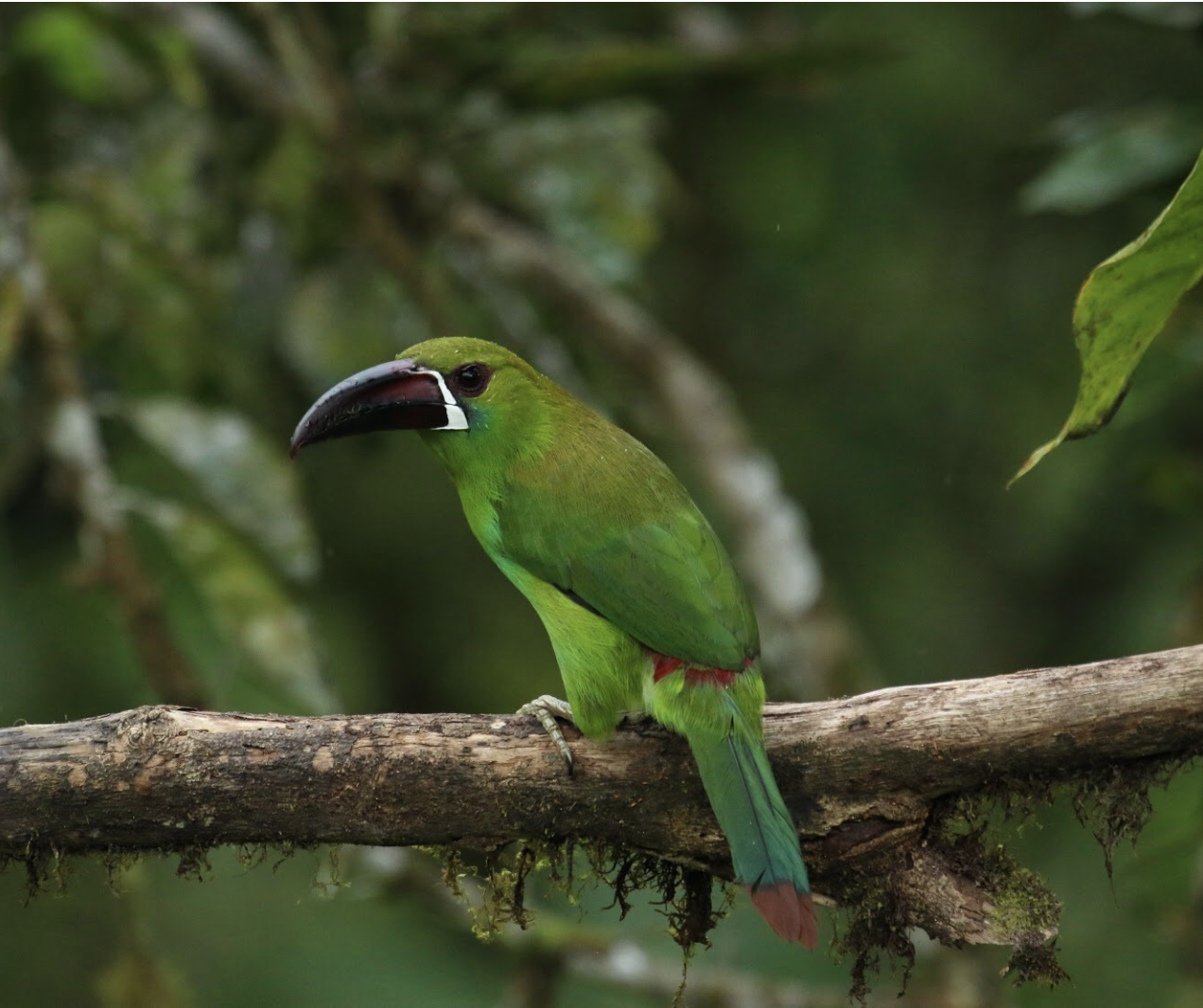
Submitted by S. Bolderson on Thu, 15/08/2019 - 10:05
In April, Carolina Proaño Castro and Millie Kerr— both members of the 2015-2016 cohort— reunited in Ecuador, where Carolina lives. The Ecuadorian sustainability and development expert recently became the Executive Director of Fundación Futuro, an innovative entity that owns the Mashpi Reserve north of Quito. Millie, a wildlife journalist, travel writer, and photographer, was in Ecuador gathering stories. She also presented her MPhil dissertation on "conservation storytelling" to various Fundación Futuro employees—from tourism guides to communications staff—with hopes of helping them fuse conservation and storytelling.
The two classmates had the chance to catch up in Quito before traveling on to Mashpi. Below, Millie asks Carolina about the importance of Mashpi and Fundación Futuro's model before sharing some of the photos she captured during her time exploring Mashpi's cloud forest.
MILLIE: Tell me about Mashpi Reserve. What is it and why is it unique?
CAROLINA: Mashpi is the name of two rivers, a little town and the name of our private reserve, which is several hours north of Quito and is unique in several ways. For one thing, Mashpi contains the five-star Mashpi Lodge, which is a "National Geographic Unique Lodge of the World." Both reserve and lodge are owned by Fundación Futuro, a local foundation whose corporate members have invested in Mashpi and use the site as a carbon sink. Mashpi employs biologists who are currently evaluating the impact of climate change on the reserve's fauna and flora, and Mashpi is in the midst of developing two new wildlife corridors that possess altitudinal gradients to enable wildlife to move to higher elevations as climate change impacts habitats. These corridors also connect disparate protected areas, ensuring that animals can safely move between fragmented habitats; such movement promotes genetic diversity.
MILLIE: Why does Fundación Futuro own a nature reserve?
CAROLINA: In the Chocó-Andino area of northern Ecuador, two of the critical zones of global biodiversity conservation (Tropical Andes and Tumbes-Chocó-Magdalena) converge, with high levels of threat due to anthropogenic activities. The conversion and degradation of forests in the Choco Andino de Pichincha compromises biodiversity and the provision of ecosystem services locally and globally. It is expected that these pressures will increase in the near future due to the opening of new roads and mining operations. Consequently, it is critical to take actions that promote sustainable management at the scale of farms in vulnerable areas, in order to recover forest connectivity at the landscape scale. Within this context of constant threats, Fundación Futuro decided to protect an important stretch of forest by purchasing and managing a 2,500-hectare private reserve. Importantly, the reserve also allows our corporate members—who come from the insurance and travel sectors—a place to sink carbon, thus offsetting their environmental impact.
MILLIE: What is your role as the foundation's executive director?
CAROLINA: As Executive Director, I'm in charge of implementing the Foundation's new strategy, managing the team, managing relationships with donors and partners, and ensuring administrative management of the organization.
MILLIE: How can Mashpi and Fundación Futuro staff benefit from my insights into conservation storytelling? How can we bring this full circle?
CAROLINA: In multiple ways, I think. Our guides are accustomed to talking to guests about wildlife and conservation, but I haven't seen them using stories to convey information. I could imagine guides borrowing lessons from your talk to develop narratives around Mashpi, the foundation, and the plants and animals living in the reserve. As for foundation staff, they're often so busy with day-to-day communications efforts, I think they sometimes fail to connect the dots, so to speak, and we all struggle to talk about complex issues, like carbon offsetting.
The crimsom-rumped toucanet is a member of the toucan family found in Ecuador, Colombia, and Venezuela. Photo © Millie Kerr.

